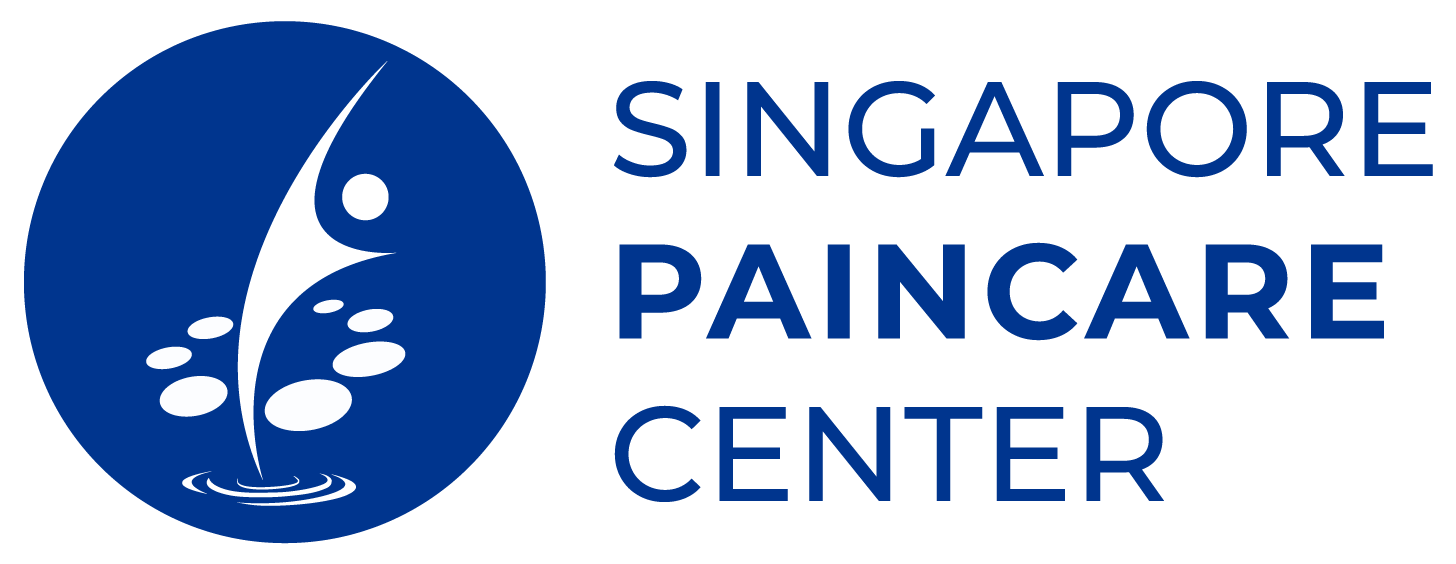Shoulder Sprain
Shoulder Sprain
A shoulder sprain refers to an injury to the shoulder resulting in over-stretching or a tear of the shoulder ligaments – the tough bands of fibrous tissue lining the shoulder joint or connecting the bones. This fibrous tissue connects the four bones that are important to the shoulder’s function– the scapula, acromion, clavicle, and humerus.
What Causes Shoulder Sprain?
A shoulder sprain usually happens when the ligaments are overstretched because of direct trauma to the shoulder such as falling into an outstretched arm. Some forms of exercise may also result in a sprain such as dips or weightlifting.
Some possible risk factors for a shoulder sprain are as follows:
• Sports involving the shoulder
• Long period of inactivity
• Fatigue from over-activity
• Improper warm-up

Symptoms of Shoulder Sprain
Pain
Swelling and Tenderness
Instability in the shoulder joint
A Message About Shoulder Sprain
Shoulder pain may start innocuously without any significant obvious trauma. Minor injuries may occur even with stretching of the shoulder such as reaching out to insert a cash card into a car-park reader, reaching over the car seat to the back of the car for things, or reaching for objects overhead on the top shelf. Once a shoulder sprain occurs, it may escalate into the complicated protracted recovery of the shoulder such as Frozen Shoulder. Shoulder pain that lasts more than 1 month needs medical attention. The intensity of the pain does not correlate with the severity of the injury
Diagnosing Shoulder Sprain
Here at Singapore Paincare, our team of experienced primary care physicians and pain care specialists together with an orthopedic surgeon will evaluate your condition. This includes a physical exam, questions about your symptoms, and an evaluation of your medical history. These sprains are usually categorized from Grade 1 to 3, with 3 being the most serious. An MRI may be needed to determine the severity and location of the strain or sprain.
What Treatments Are Available for Shoulder Sprain?
At Singapore Paincare, we strive to treat your pain with the least invasive option possible after accurately identifying the cause. Our approach to pain resolution focuses on the removal of pain generators via specialised injection and minimally invasive procedures. Combined with pharmacological treatments and physical rehabilitative therapies – we help patients improve functions and prevent pain from recurring.
Non-surgical Treatments for Shoulder Sprain
Nerve Blocks and Cortisone Injections
Our proprietary Nerve blocks are done by our pain specialists to stop the pain and allow for the inflammation to subside. This is often done in conjunction with the other treatment methods for effective outcomes.
Our proprietary Cortisone injections done at certain roadmaps over the muscles and ligaments by our specialists will decrease the inflammation, allowing the healing of the injured structure.
Nerve Block and Cortisone Injections
We offer cortisone injections to decrease the inflammation in muscles and ligaments.
Oral Medications
Surgical Treatments for Shoulder Sprain
Shoulder Sprains are usually not treated with non-surgical methods and have four to six weeks of recovery time. However, if the pain does not respond to the above treatment methods surgery may be an option, especially if the tear of the tendon is complete and impacts the patient in the course of the patient’s work which requires certain shoulder movement, such as professional baseball, badminton or tennis player.
If you choose to have surgery, your options may include:
Arthroscopic Surgery
How Can I Prevent Shoulder Sprain?
Accidents can happen at any time and it’s possible to suffer a shoulder sprain despite taking all the right precautions. Here are a few tips for preventing shoulder sprain:
• Doing a proper warm-up and stretching before any exercise or sports
• Once you know you are overall stiff in your shoulders, do consult a doctor regarding what type of exercises are suitable for you.
• Go slow if you have generally a sedentary lifestyle. Pace your activities and exercise level gradually. Be careful of being a weekend warrior – excessive over-activities in 1 day out of the entire week. It can precipitate an injury in a generally low-impact exercise.
• Rest and ice your shoulder if it is sore. Taking simple analgesia such as paracetamol can be a first-aid remedy.
• Seek medical treatment if shoulder pain persists for more than 1 month, affecting function (lifting of the shoulder) or pain when sleeping on the dependent shoulder.
Get Your Pain Resolved
Send your enquiries or consult our pain experts today.


